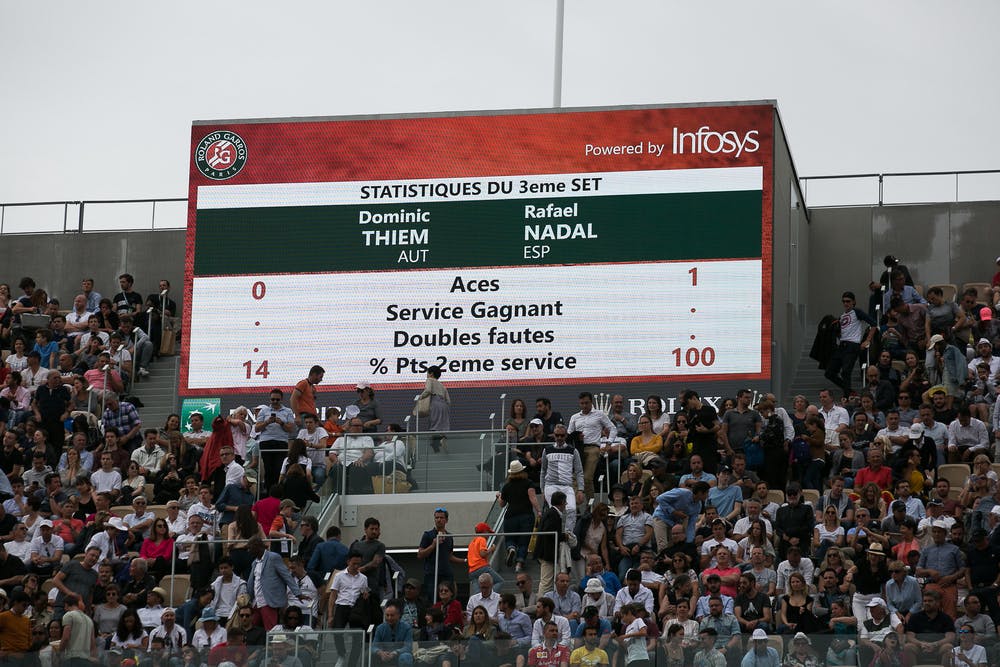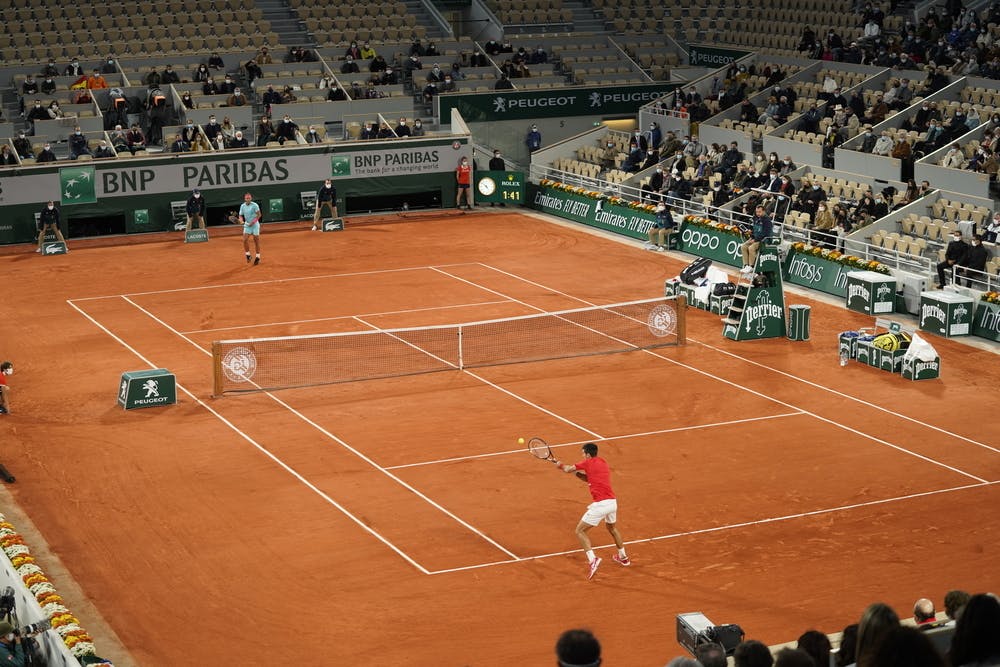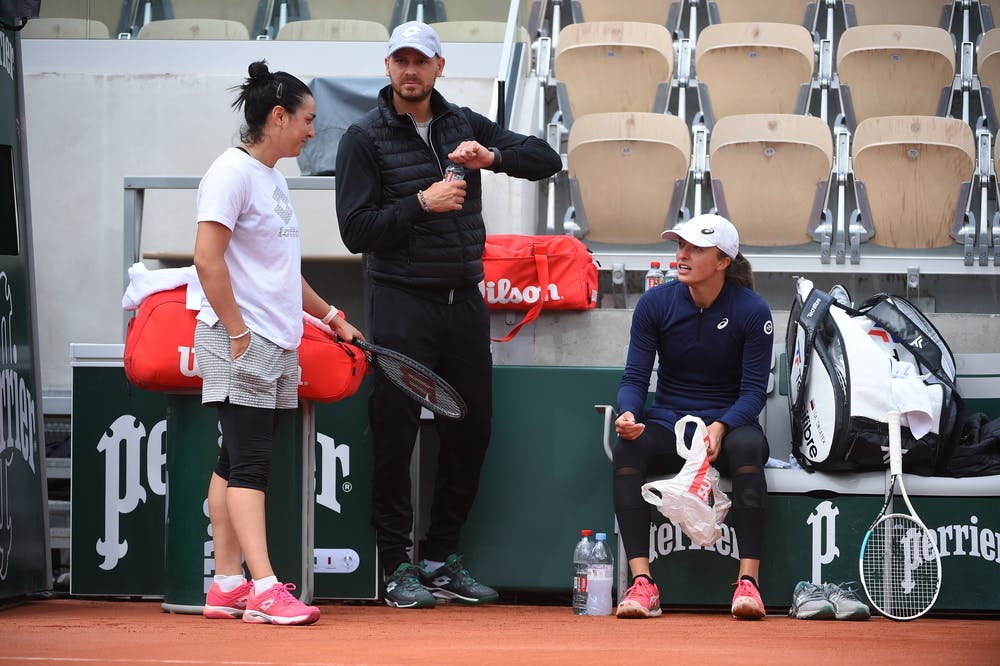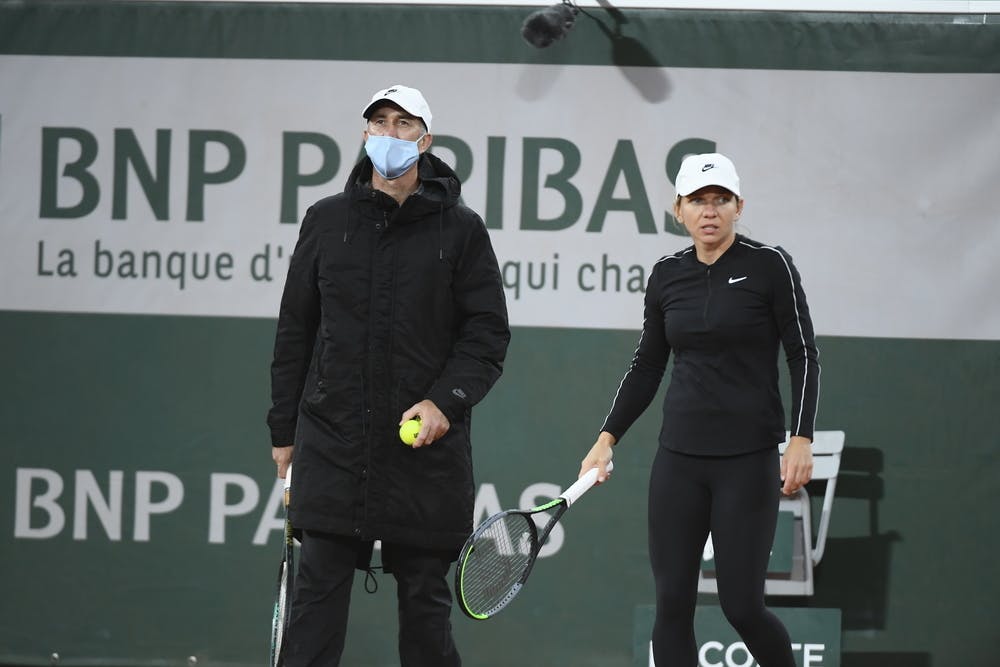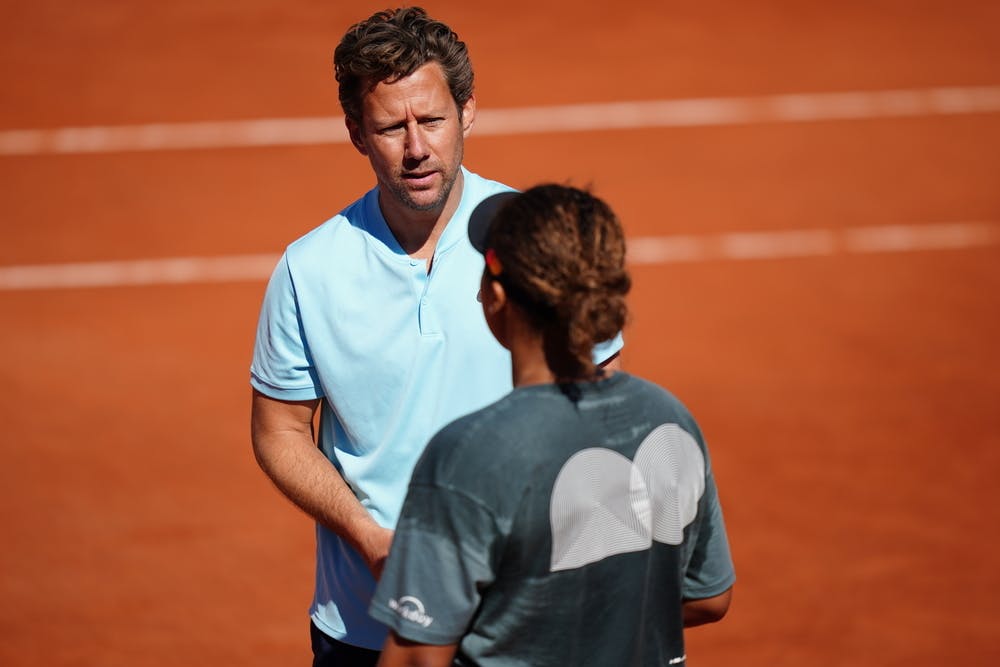“For example, after Osaka’s second match in Madrid, it turned out that whenever she hit a forehand after her first or second serve, she would win 60% of the points. But if she hit a backhand, that would be just 42% of the points.”
“This makes a lot of sense of course on clay, but for Naomi to see it on paper, was very interesting for her. This is of course very different on hard court, the return comes back, and whether she hits a forehand or a backhand, she will just give it a whack and often she will win the point. But on clay, that’s different.”
Although Fissette said he is careful not to overload his players with post-match stats, he said he will typically give them “two to three points” from his data analysis after matches.
“The stats are very clear: it is there in black-and-white and you cannot have a debate about it,” said Fissette. “The numbers don’t lie. It shows you what you need to progress.”
 ROLAND-GARROS
18 May - 7 June 2026
ROLAND-GARROS
18 May - 7 June 2026


